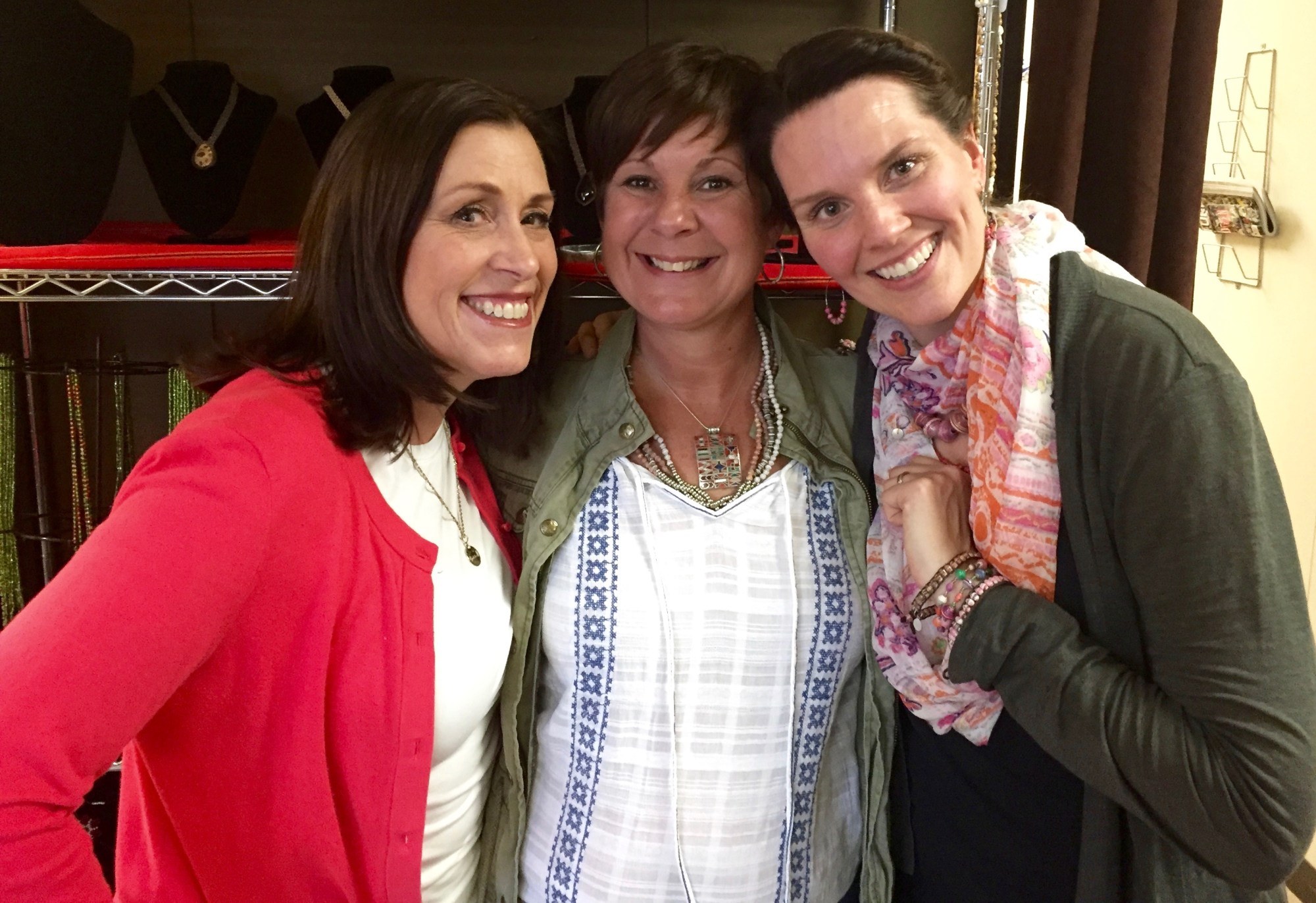“Maintaining constant high motivation is unsustainable, but if things are easy to do even when motivation is low, they are more likely to succeed. ” – BJ Fogg, PhD.
While in Salt Lake City last weekend, I toured the famed Temple Square, as well as the architecturally appealing public library where exposed glass elevators and unique art installations added intrigue and emotion to a book-exploring expedition. Thanks to a chain of serendipitous events I arrived in Salt Lake City eager to connect with Leah Barker the CEO of global poverty eradication nonprofit Choice Humanitarian and to train with Linda Fogg-Phillips, M.S. Health Promotion and Exercise Physiology. Linda serves as the Director of the Tiny Habits Academy, a Behavior Design platform founded by her younger brother, BJ Fogg PhD., a renowned innovator, scientist and teacher at Stanford. BJ’s focus is on teaching people who design solutions for others.
My goal for you as readers of StandinLove is simple: sharing this methodology will help you practice the skill of creating new habits. According to BJ’s research, it’s not the adopted habit itself that matters, it is the fact you acquired the tools needed to create these new habits. You gained the necessary skills that will help you succeed in multiple areas in your life.
What is a tiny habit?
A “Tiny Habit” is a baby behavior. Yep. One little, itty-bitty action that, when repeated, builds momentum and results in the formation of a bigger, long-term habit. A “Tiny Habit”, according to Dr. Fogg’s design is a behavior:
- you do at least once a day
- that takes you less than 30 seconds
- that requires little effort
Recipe for Tiny Habits:
According to BJ’s research, the recipe for developing tiny habits has 3 simple ingredients:
- Identify the behavior you want in your life. What behaviors are you looking to add to your life for increased positive benefit? Do you want to develop a new health routine, nutrition option, start a new hobby, increase your home organization, de-stress more effectively, begin to exercise regularly, or maybe practice gratitude more often? These are merely prompts to get your brain thinking and to inspire you to think about what YOU want to do in your life. This is about you and your life.
- Find out where it fits in your life. BJ says an important part of implementing this new tiny behavior is to “Plan to do the new tiny behavior after an extremely reliable habit you have, what I call an “anchor.” Notice the key point in this ingredient towards making a tiny habit: planning. With just a tiny bit of thought beforehand and a touch of mapping out your desired behaviors, you are already on the road to successful tiny habit formation!
- Match it to an anchor routine. The anchor is the habit or behavior you always do. The anchor must be a reliable habit, extremely precise, and is most effective when it is tied to the desired frequency of the new tiny behavior.
Examples of Tiny Habits.
“After I brush, I will floss one tooth.”
“After I pour my morning coffee, I will text my mom.”
“After I start the dishwasher, I will read one sentence from a book.”
“After I walk in my door from work, I will get out my workout clothes.”
“After I sit down on the train, I will open my sketch notebook.”
“After I hear any phone ring, I will exhale and relax for 2 seconds.”
“After I put my head on the pillow, I will think of one good thing from my day.”
“After I arrive home, I will hang my keys up by the door.”
By having the AFTER I __________, I will ____________ formula, it is simple to introduce a new desired specific behavior by linking it to an existing behavior (the anchor) you are already doing! Automatic. Powerful. Simple. Effective.
Why use tiny habits?
By design, implementing Tiny Habits increases your ability to make changes in your behavior in simple, effective, and fun ways! Each time you perform a tiny habit, you then have the opportuntity to celebrate your big success! Imagine having 3 tiny habits a day, all super simple to peform, and then having mini victory dances as soon as you think to do them, AND once you complete them! That sounds like fun to me! I was thrilled to practice Tiny Habits for the week prior to my trip, and I look forward to continued training with Linda and BJ to bring you even more helpful tools and tips!
According to Dr. Fogg, “Most people haven’t mastered making desired behaviors automatic. That is a key focus in Tiny Habits: training automaticity. Once that is rock solid, you can then work toward the full behavior without losing the automaticity. That is how you eventually master the FULL behavior as a habit. “
Benefits of implementing Tiny Habits.
- Gain skills (increased ability)- the heart of any behavior change
- Learn behavior sequencing
- Build self-confidence for behavior changes
- Chance to celebrate tiny victories multiple times daily!
Want to try Tiny Habits for yourself for a week? It is fun, and I promise you will learn a thing or two about yourself, and have a GREAT time in the process. My favorite Tiny Habit was “After I wake up in the morning and put my feet on the ground, I will say ‘it is going to be a GREAT day!’ ”
Cheering you on as you choose Tiny Habits and celebrating your victories alongside of you!
xo Jen

One thought on “What No One Tells You About Habits”